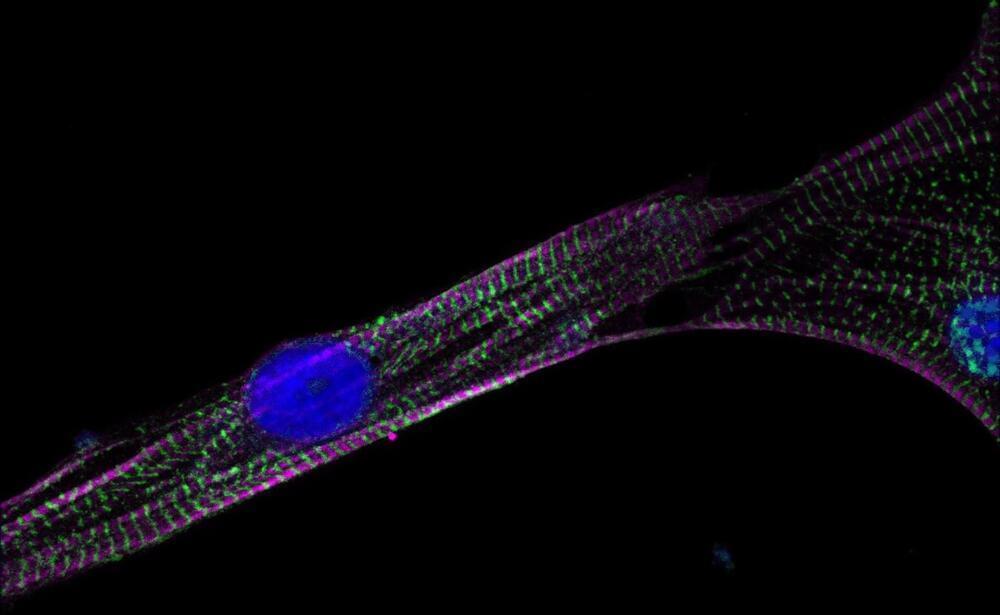Get updates in your inbox.
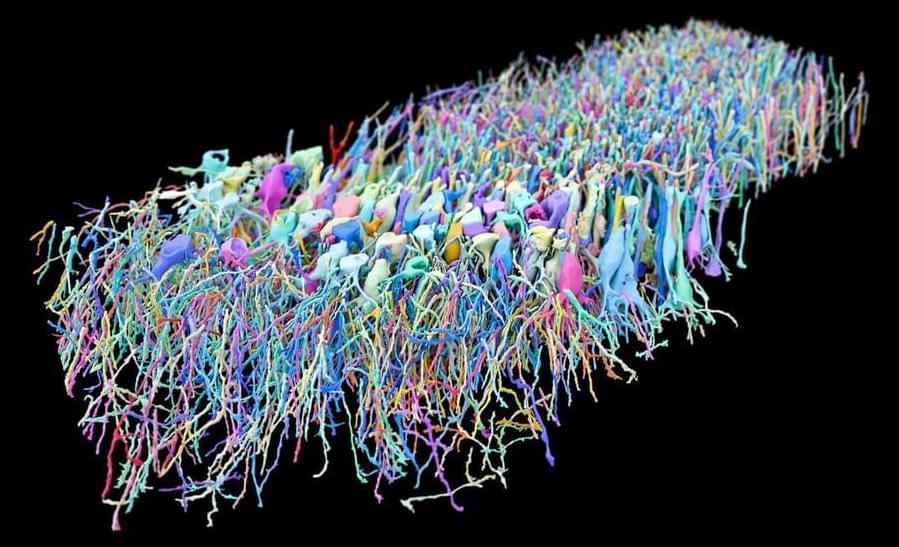

The AI race is heating up! In this video, we delve into the competition between Nvidia’s Llama-3.1 and OpenAI’s GPT-4. Discover how these two AI giants are revolutionizing the field of large language models (LLMs) and reshaping AI performance benchmarks. From Nvidia’s groundbreaking Llama-3.1 Nemotron to GPT-4’s advanced video generation capabilities, we analyze their strengths, use cases, and potential to lead the AI revolution.
Topics covered:
Nvidia Llama-3.1 vs. OpenAI GPT-4: Performance benchmarks.
How to use Nvidia Llama-3.1 Nemotron-70B
AI in video generation: OpenAI’s GPT-4 and Nvidia AI animation.
Nvidia AI benchmarks, GPUs, and requirements.
OpenAI vs. Nvidia: Who’s winning the AI race?
Llama GPU requirements and running Llama without a GPU
Stay tuned to learn which of these tech titans might dominate the future of AI innovation!
Queries:
the AI race.
the race AI cover.
the first AI race.
to dominate the AI race.
who is winning the AI race.
who will win the AI race.
off to the races AI cover.
nvidia llama 3.1
nvidia llama 3.1 nemotron.
nvidia llama 3.1 nemotron 70
how to use nvidia llama 3.1
openai’s gpt-4
nvidia AI nemo.
nvidia AI animation.
nvidia AI benchmarks.
gpt4all vs llama.
openai gpt 4
gpt-4 video generation.
openai h100
openai nvidia.
openai’s gpt-3.5
gpt 4 vs llama.
openai 4
openai gpu.
gpt 3 or 4
4 gpt ai.
openai nvidia gpu.
nvidia AI performance.
nvidia llm.
llm nvidia.
how to use nvidia.
llama-3.1-nemotron-70b-instruct.
nvidia llama.
llama gpu.
nvidia llama 3.1 api.
nvidia AI llama 3.1
llama nvidia.
llama without gpu.
llama requirements gpu.
openai nvidia.
nvidia gpt.
openai nvidia gpu.
openai’s gpt-4
openai’s gpt-4
gpt4 vs llama.
gpt-4 vs llama.
4 gpt ai.
Nvidia AI Nemotron.
OpenAI GPT-4 applications.
GPT-4 vs Llama-3.1 detailed review.
Nvidia AI advancements 2024
OpenAI’s GPT-3.5 vs GPT-4 comparison.
Future of LLMs: Nvidia vs OpenAI
AI tools for video generation.
Nvidia AI GPUs and requirements.
Who will win the AI race? Nvidia vs OpenAI
Nvidia Llama-3.1 vs GPT-4 comparison.
OpenAI GPT-4 vs Nvidia Llama performance.
Nvidia Llama-3.1 Nemotron-70B explained.
How to use Nvidia Llama-3.1 AI model.
AI race 2024: Nvidia vs OpenAI showdown.
GPT-4 video generation vs Nvidia AI animation.
Nvidia AI benchmarks and performance in 2024
Llama GPU requirements: Can you run it without a GPU?
What is Nvidia Llama-3.1 Nemotron?
Nvidia Llama-3.1 Nemotron-70B vs GPT-4: Which is better?
AI race: Who will dominate, Nvidia or OpenAI?
How to use Nvidia Llama-3.1 API for AI projects.
GPT-4 video generation: Is OpenAI leading the AI race?
Nvidia AI vs OpenAI: Benchmarks and features compared.
Llama-3.1 vs GPT-4: Pros, cons, and use cases.
Nvidia AI animation and OpenAI video generation tools.
Best GPU for running Nvidia Llama models.
OpenAI H100 and Nvidia Llama: A performance comparison.
Nvidia AI performance benchmarks: 2024 updates.
@airevolutionx.
@AI.Uncovered.
@ChatGPT-AI
@NVIDIA
@TheAiGrid.
@NVIDIAGeForce.
@NVIDIADeveloper.
@OpenAI2025
@Sora. Openai_World.
@NDTV
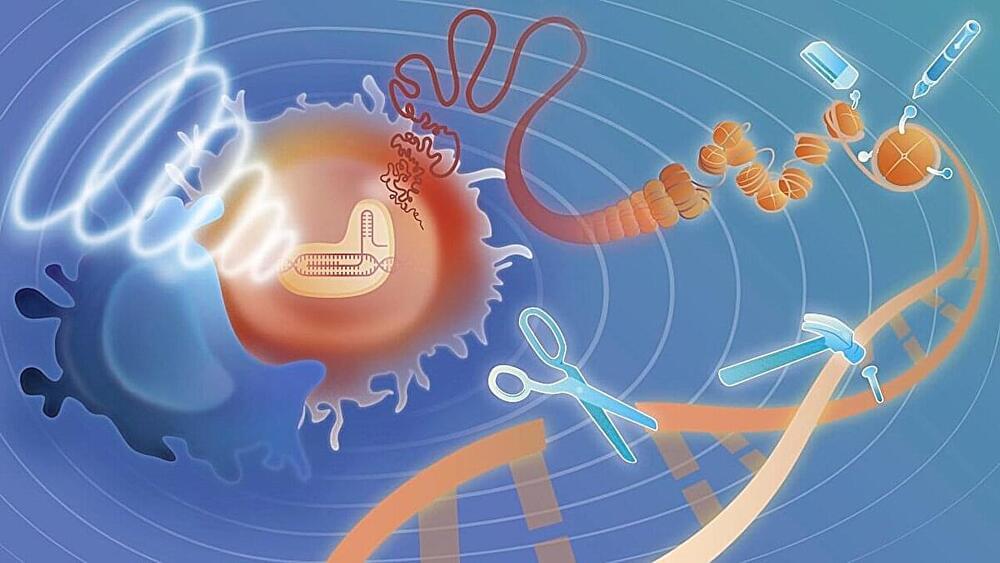
Thanks to CRISPR, medical specialists will soon have unprecedented control over how they treat and prevent some of the most challenging genetic disorders and diseases.
CRISPR (Clustered Regularly Interspaced Short Palindromic Repeats) is a Nobel Prize-winning gene-editing tool, already widely used by scientists to cut and modify DNA sequences to turn genes on and off or insert new DNA that can correct abnormalities. CRISPR uses an enzyme known as Cas9 to cut and alter DNA.
Engineers at the USC Alfred E. Mann Department of Biomedical Engineering have now developed an update to the tool that will allow CRISPR technology to be even more powerful with the help of focused ultrasound.

♺ DETAILS
A pair of researchers, one with the Carnegie Institution for Science, the other with California Institute of Technology, has developed a possible solution to the Fermi Paradox. In their paper published in Journal of the Royal Society Interface, Michael Wong and Stuart Bartlett suggest that the reason that no aliens from other planets have visited us is because of superlinear scaling, which, they contend, leads to a singularity. (How do “Predator Civilizations” solve the Fermi Paradox?)
♺ Our Channels:
◻️ Evil Space — https://www.youtube.com/@DeepEvilSpace.
◻️ Espacio Profundo — https://www.youtube.com/@EspacioProfundo.
◻️ Raumfahrt — https://www.youtube.com/@Celeo_PT
◻️ L’ère de l’espace — https://www.youtube.com/channel/UC9BQnoR8w4KhHjVUGATg8Cw.
◻️ Weltraumreise — https://www.youtube.com/@Weltraumreise.
◻️ Space Journey — https://www.youtube.com/@SpaceJourney_
◻️ Злой Космос — https://www.youtube.com/@UC-RyhIEG3is1Sfe70-dHYQw.
♺ ANIMATION:
Jeremy jozwik: https://www.artstation.com/zeuxis_of_… Demin: https://www.artstation.com/darth_biomech Kristiityan Tavkar https://www.miragedereve.com Kris Holland of Mafic Stufios: www.maficstudios.com Sergio Boterio https: https://www.artstation.com/sboterod Bryan Versteeg http://spacehabs.com Keith Carson, Jarred Eagley, Udo Schroeter, Mihail Yordanov, Katie Byrne, Edward Nardella, Jarred Eagley, Justin Dixon, Misho Yordanov, Pierre Demet. Stefan Blandin. ♺ SOURCES:
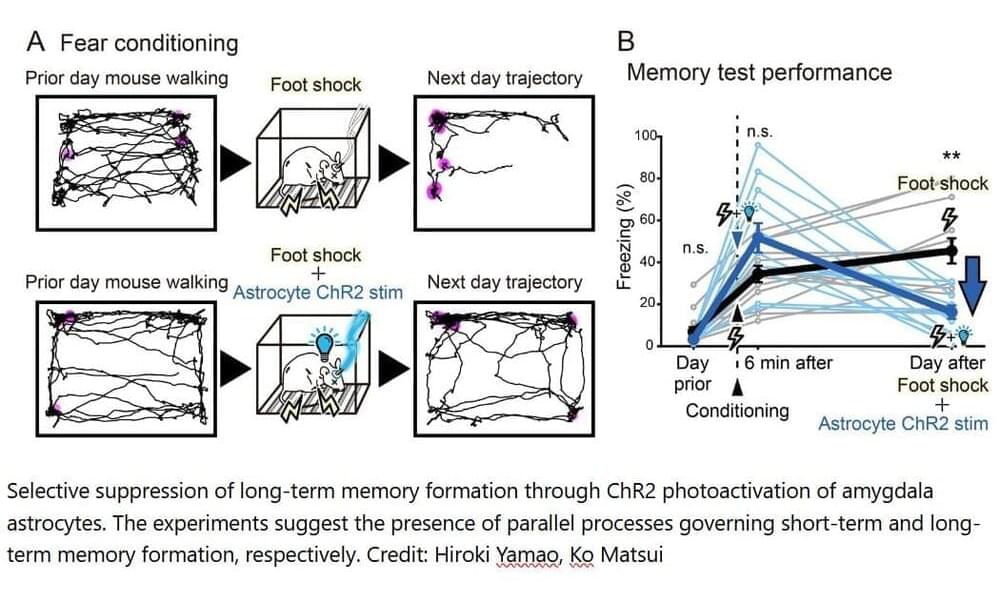
One of the most powerful assets of the brain is that it can store information as memories, allowing us to learn from our mistakes. However, some memories remain vivid while others become forgotten. Unlike computers, our brains appear to filter which memories are salient enough to store.
Researchers from Tohoku University have discovered that part of the memory selection process depends on the function of astrocytes, a special type of cell that surrounds neurons in the brain. They showed that artificially acidifying the astrocytes did not affect short-term memory but prevented memories from being remembered long-term.
The findings are published in the journal Glia.
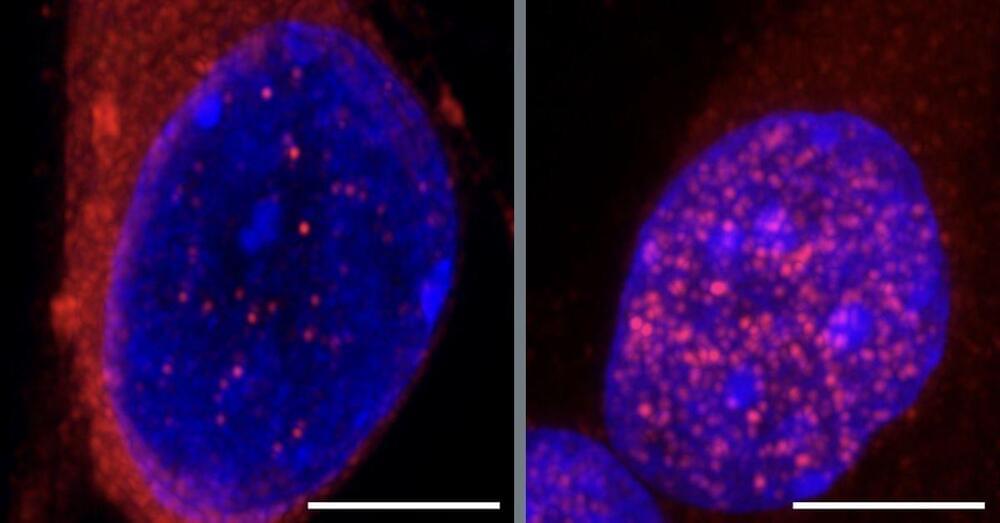

What do motion detectors, self-driving cars, chemical analyzers and satellites have in common? They all contain detectors for infrared (IR) light. At their core and besides readout electronics, such detectors usually consist of a crystalline semiconductor material.
Such materials are challenging to manufacture: They often require extreme conditions, such as a very high temperature, and a lot of energy. Empa researchers are convinced that there is an easier way. A team led by Ivan Shorubalko from the Transport at the Nanoscale Interfaces laboratory is working on miniaturized IR detectors made of colloidal quantum dots.
The words “quantum dots” do not sound like an easy concept to most people. Shorubalko explains, “The properties of a material depend not only on its chemical composition, but also on its dimensions.” If you produce tiny particles of a certain material, they may have different properties than larger pieces of the very same material. This is due to quantum effects, hence the name “quantum dots.”
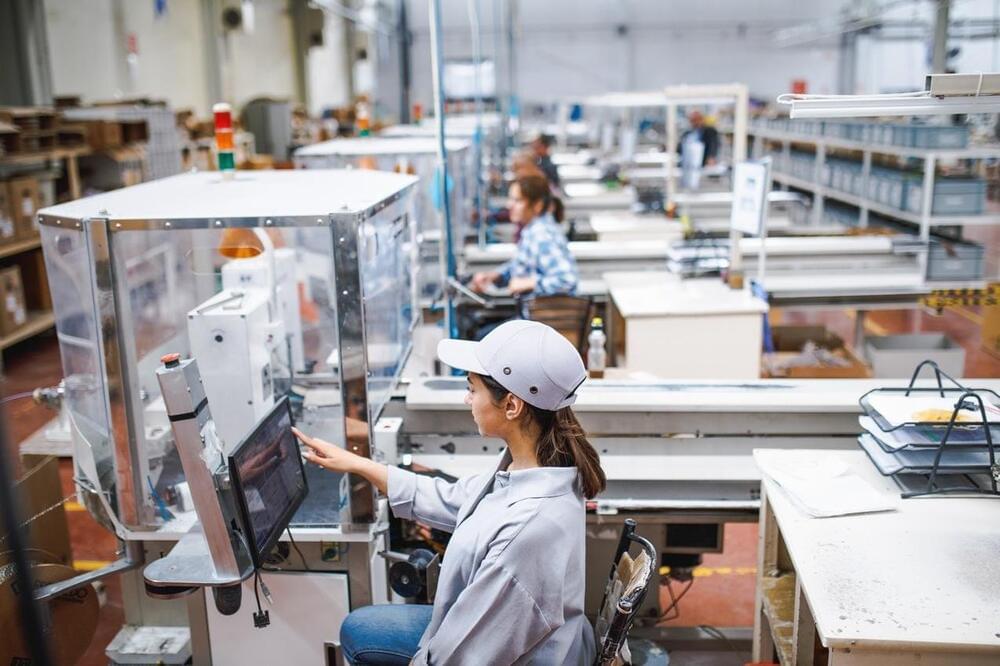
While the technology itself is impressive, its true potential lies in how leaders manage its adoption. Fostering a culture of innovation and continuous learning is crucial for success in this new industrial era. Leaders must ensure that their workforce is not only comfortable with automation but is also empowered to collaborate with AI-driven systems. Upskilling and reskilling employees to work alongside AI will create a workforce capable of leveraging technology to enhance operational efficiency.
It’s also essential for business leaders to prioritize cybersecurity and data privacy. The increased connectivity that comes with IIoT introduces new vulnerabilities, and safeguarding company and customer data must be a top priority.
AI, edge computing and IIoT represent a fundamental shift in the way industries operate. The future of manufacturing is not just automated. It is also intelligent, with systems that learn, predict and adapt in real time. For leaders, the challenge is not only implementing these technologies; it’s also fostering an environment of innovation where technology, data and human expertise work together to achieve operational excellence.
